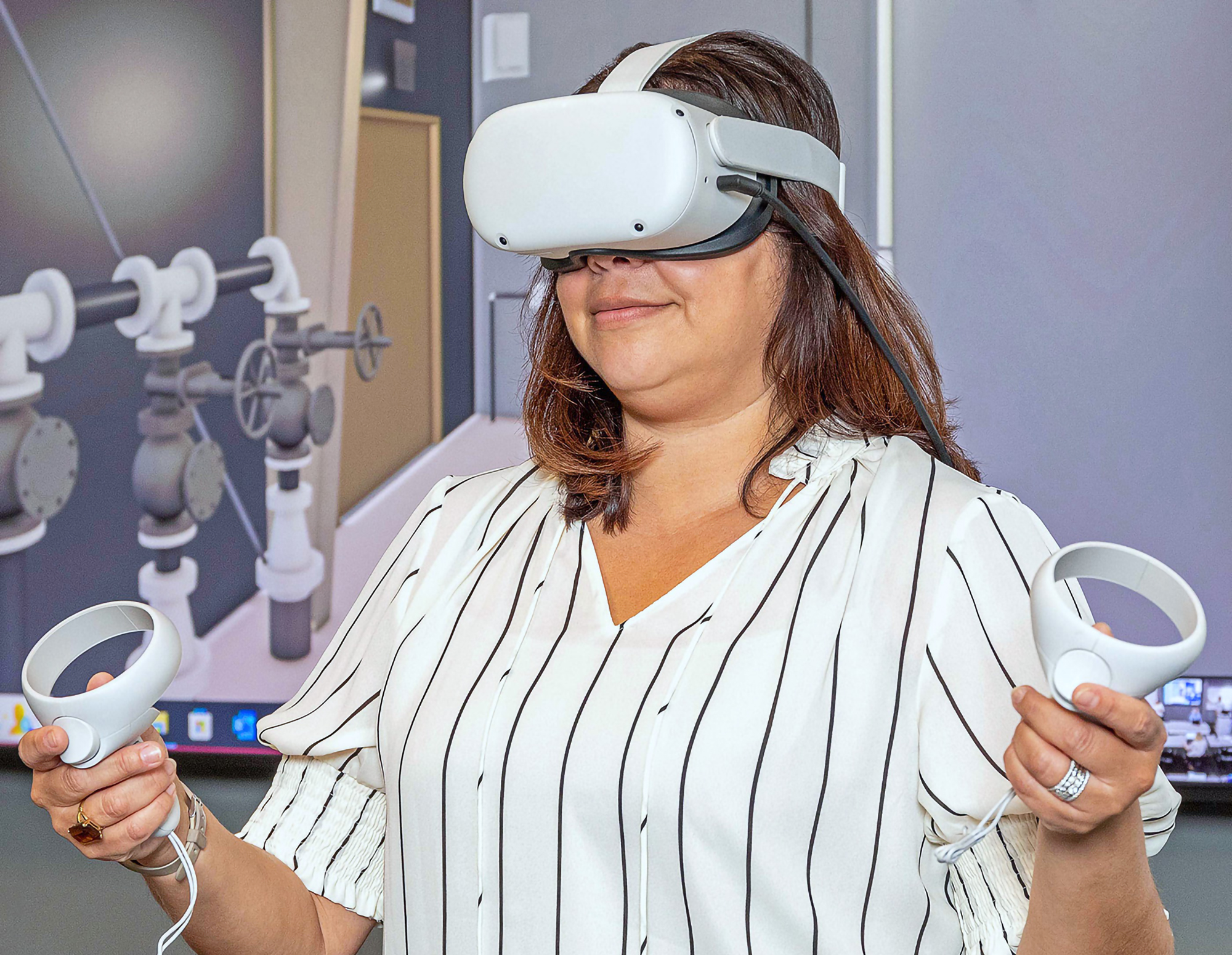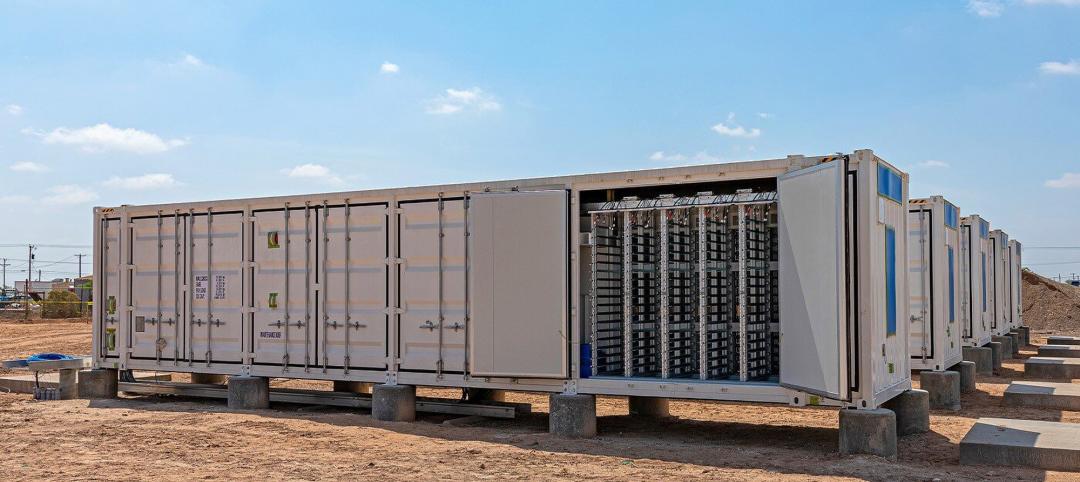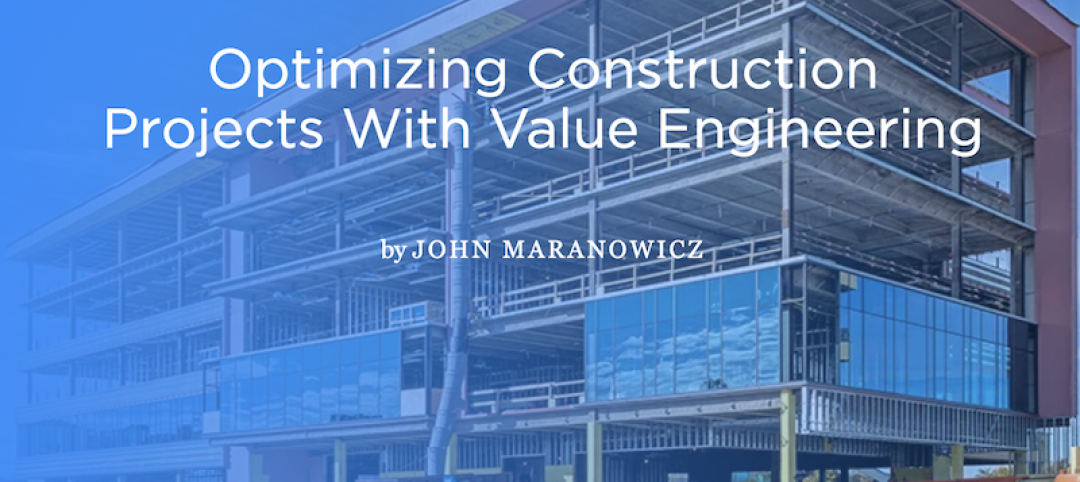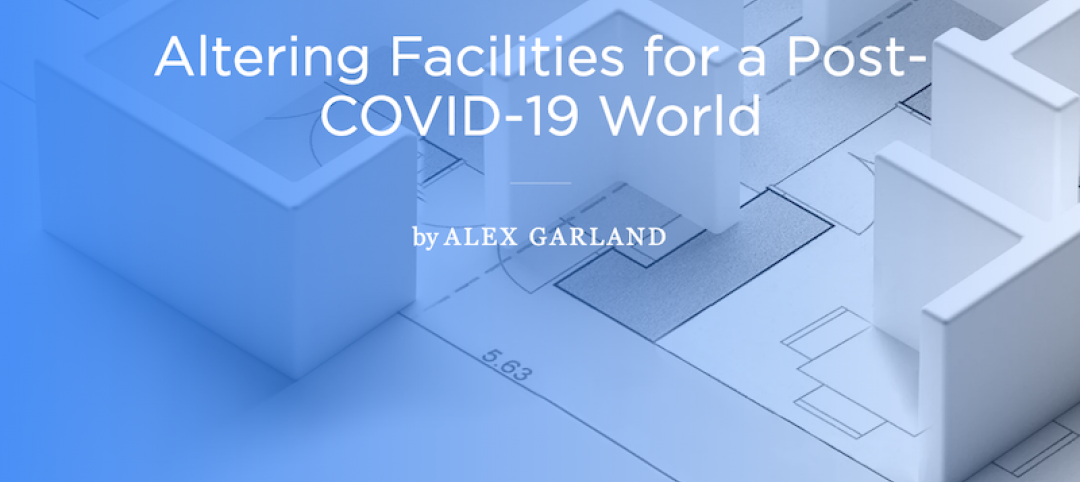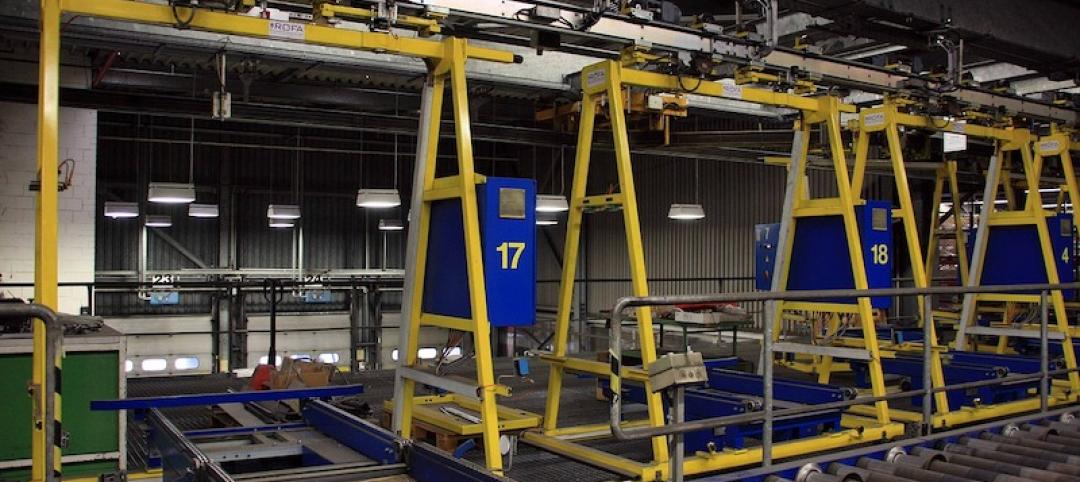Imagine a young engineer, just starting in her career. Through serendipity, her desk assignment is adjacent to a subject matter expert with lots of specialized knowledge in the same career focus area. Over the years, the younger engineer picks up on advanced topics, well above the level of her limited experience, thanks to the proximity of the experienced SME. The ability to ask that colleague quick questions easily turns to deep discussions on a topic.
In this way, industry knowledge is passed down through the years. The younger engineer is able to advance along the career track faster than normal because of that workplace connection.
Not every engineer has such strong support networks, and many organizations are seeing a steady wave of retirements and resignations, opening large gaps in employees’ knowledge networks.
Digital knowledge networks (DKNs) can supplement an organization’s knowledge network and help fill in the gaps by systematically capturing, preserving, delivering and analyzing relevant information. Though DKNs have broad applications, let’s focus on three: training, libraries and instructions.
Virtual Training
Traditional instruction in organizations occurs in an in-person class with an instructor. However, some are moving to virtual training modules to better capture and preserve instructors’ knowledge.
“Just-in-case training” is a catch-all category for information the individual might need at some point. Virtual trainings—usually 3D experiences that can run on a laptop, desktop or more advanced hardware such as virtual reality headsets—allow students to immerse themselves in the work environment. Information about different pieces of equipment can be embedded into the 3D environment by the instructor and viewed by the students. This might include photos, drawings, cutsheets or other related resources. As students explore the virtual environment, knowledge is actively delivered to them. Tracking and analytics can also be applied to see which students might need additional training, or which sections might need refining based on the time required.
Recordings of virtual trainings provide a snapshot in time of a company’s knowledge. They can be updated, but that would require new knowledge to be generated and captured.
“Just-in-time training” is what occurs in the moment to keep organizations running smoothly on a daily basis. This less-formal process tends to encompass interpersonal interactions among employees, crossing workplace connections and knowledge networks.
For organizations with many employees in the field, just-in-time training can be challenging. SMEs might be hours or miles from a field employee who has a question. Remote expert video calling can help, enabling field employees to call remote colleagues with see-what-I-see video feeds, such as those offered by platforms like Librestream, a leading augmented reality solutions provider. This does more than answer immediate questions; it also saves organizations on travel costs and project time. These just-in-time training moments can be recorded and captured for use in training other employees, further fortifying the DKN.
Active Knowledge Libraries
A simple-to-use library of knowledge that can be easily searched and utilized throughout an organization offers tremendous value. This is much more than a folder system for storing recordings of trainings. All types of knowledge—not just video calls—can be uploaded, tagged and version-controlled in a central location.
Indexing and accessibility are the keys to unlocking the value proposition. How many employees have had the experience of receiving training and then losing that knowledge because it got stored in a random personal folder whose location is promptly forgotten? The centralized, searchable DKN keeps that information at employees’ fingertips.
Digital Work Instructions
A third product of an effective DKN is support for employees through digital work instructions. More than a simple step-by-step process, these instructions have knowledge embedded within them from the active knowledge library. Once a common question is preserved from a video call, that video and other related content can be added to the work instructions as reference materials. This helps complete the cycle of knowledge: taking a just-in-time training moment, preserving the knowledge and then delivering the knowledge through updated work instructions.
Beyond feeding the DKN, analytics could be applied to the data generated from a work process to help identify if employees need supplemental just-in-case training, based on whether they take significantly longer than the average employee to complete a task. This circles back to the virtual training modules.
Because virtual training modules are a snapshot in time, they need to be kept current. To optimize a DKN, these virtual trainings need to be integrated and updated, with the newly generated knowledge being preserved in the active knowledge library.
In conclusion, digital knowledge networks have great potential to help companies attain efficiencies and help employees advance their careers. They do not replace the wisdom of experienced SMEs; they give that wisdom extended life by capturing it and making it widely accessible. As the wave of organizational retirements and resignations continues, DKNs are poised to help the next generation of employees learn and receive the benefits—digitally—of their predecessors’ experience.
Training can be long and repetitive, but augmented and virtual reality platforms can immerse trainees, increase engagement and enhance knowledge retention.
More from Author
Burns & McDonnell | Oct 23, 2024
Navigating battery energy storage augmentation
By implementing an augmentation plan upfront, owners can minimize potential delays and unforeseen costs when augmentation needs to occur, according to Burns & McDonnell energy storage technology manager Joshua Crawford.
Burns & McDonnell | Sep 24, 2024
Generative AI can bolster innovation in construction industry
Jeff Danley, Associate Technology and Innovation Consultant at Burns & McDonnell, suggests several solutions generative AI could have within the construction industry.
Burns & McDonnell | May 25, 2023
4 considerations for increasing biodiversity in construction projects
As climate change is linked with biodiversity depletion, fostering biodiverse landscapes during construction can create benefits beyond the immediate surroundings of the project.
Burns & McDonnell | May 1, 2023
Utilizing computer vision, AI technology for visual jobsite tasks
Burns & McDonnell breaks down three ways computer vision can effectively assist workers on the job site, from project progress to safety measures.
Burns & McDonnell | Mar 20, 2023
Battery energy storage market predictions are trickier than ever
Burns & McDonnell breaks down the state of battery energy storage today, from pricing concerns to alternative solutions.
Burns & McDonnell | Jun 14, 2022
Thinking beyond the stadium: the future of district development
Traditional sports and entertainment venues are fading as teams and entertainment entities strive to move toward more diversified entertainment districts.
Burns & McDonnell | Jan 4, 2021
Optimizing construction projects with value engineering
When value engineering is referenced in our industry, our minds may immediately go to a process that reduces project cost by slashing scope or decreasing the quality of materials used. However, that is not necessarily what the definition should be.
Burns & McDonnell | Oct 14, 2020
Altering facilities for a post-COVID-19 world
There are several possibilities when it comes to reconfiguring or adjusting a space to maintain the health and safety of workers, from reorganizing spaces to enable social distancing measures to full teardown and reconstruction of a plant.
Burns & McDonnell | Jun 23, 2020
A look back at design standard shifts: ADA vs. COVID-19
The short story is official design guidelines are slow to be developed and made into law.
Burns & McDonnell | Apr 8, 2020
Navigate supply chain and manufacturing challenges during disruption
First, most important and most complex: Create an extensive safety plan for your facilities and job sites that protects both the personnel onsite and the end users of your product.

